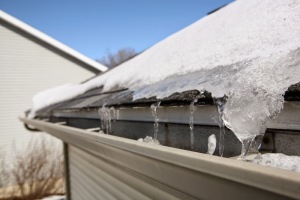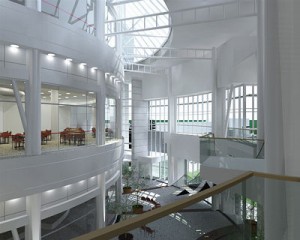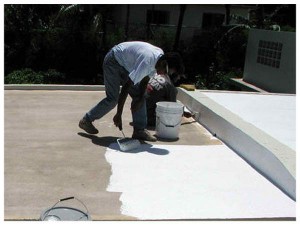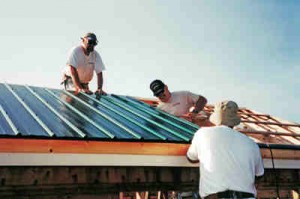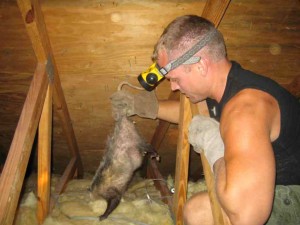Look Out for These Warning Signs of Atlanta Roofing Collapse
Atlanta roofing collapse is not a pleasant experience. It is, in fact, a nightmare to have your roof collapse unexpectedly. A collapse can occur any time and may lead to serious consequences such as injuries to occupants and damage to properties inside the house.
A collapse may result from accumulation of large volume of snow on the roof. One cubic foot of dry snow weighs from 6 to 8 pounds. Packed snow weighs even more. Roofs can generally support up to 20 pounds of snow/ice per square foot.
Houses with flat or low-pitched roofs face more risk of collapsing from snow/ice accumulation because of their lower angle that prevents snow/ice from sliding off to the ground.
Owners and building managers should always conduct a roof condition evaluation to look for signs of impending roof collapse such as leaking, cracking and other indications of structural irregularities. An evacuation by home occupants or closure of the entire building may be warranted once warning signs of roof collapse are evident.
Common Warning Signs
A structure normally manifests overt signs of roof issues before its roof collapses. Steps should immediately be taken to remedy the problem or minimize the consequences of roof collapse.
We listed below some of the symptoms that are noted to occur prior to an actual roof collapse. Look for these signs in your home and promptly contact a roofing professional if you notice them:
- Bending of roof supports
- Severe roof leaks
- Cracked wood
- Sounds such as creaking, popping or cracking coming from the ceiling
- Sagging sections of exterior shingles
- Persistent water ponding
- Sagging ceiling
- Cracks on exterior and interior walls
- Doors and windows are hard to open or close
- Doors suddenly popping open on their own
- Bending of electrical conduits or utility pipes on the ceiling
- Physically-deformed and sagging roof steel
- Cracks in steel welds
- Cut screws on steel frames
- Sprinkler heads hanging much lower on the ceiling tiles
The list above is not all-inclusive as there may be other non-obvious signs that eventually point to an impending roof collapse. Being aware of these signs could prevent the occurrence of a potentially-dangerous incident that exposes life and property to danger.
Moreover, a roof project is a major undertaking that always involves a huge budget and careful time management. Having an unexpected roof collapse could find a homeowner or building manager unprepared for the financial consequences of a roof repair or replacement. Proper roof maintenance and hands-on management are keys to a healthy and long lasting roof life.
